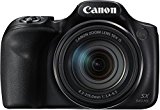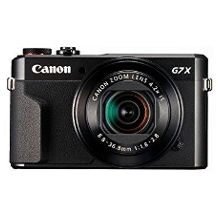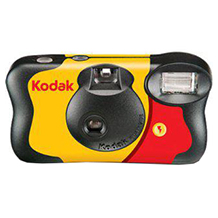Action cam purchasing advice: how to choose the right product
- The most important facts in brief
- Action cams are rugged video cameras that are protected against shock, water and dust.
- The recording quality is on par with conventional camcorders and current smartphones.
- Both digital and optical image stabilisation keep motion-intensive scenes steady.
- Most action cams use fixed focal lengths that show a large image section. A zoom is usually only possible digitally.
- Accessories include mounts for helmets, head straps or other devices for attaching to the body or sports equipment.
Robust and simple: the advantages of action cams
With few moving parts, special protective covers against water and dust, and simple operation, action cams are ideal companions for excursions or holidays. Basically, action camcorders are simply robust video cameras that are kept as simple as possible. Here, too, an image sensor records the action in front of the lens and stores it on a memory card in the form of video material.
However, since the manufacturers do not use autofocus, zoom lenses and other sensitive components, action cams have a very high durability. What’s more, less attention is required when recording: once started, the cams film on helmets, motorbike handlebars or in the hand by themselves and record a large field of view thanks to wide-angle lenses.
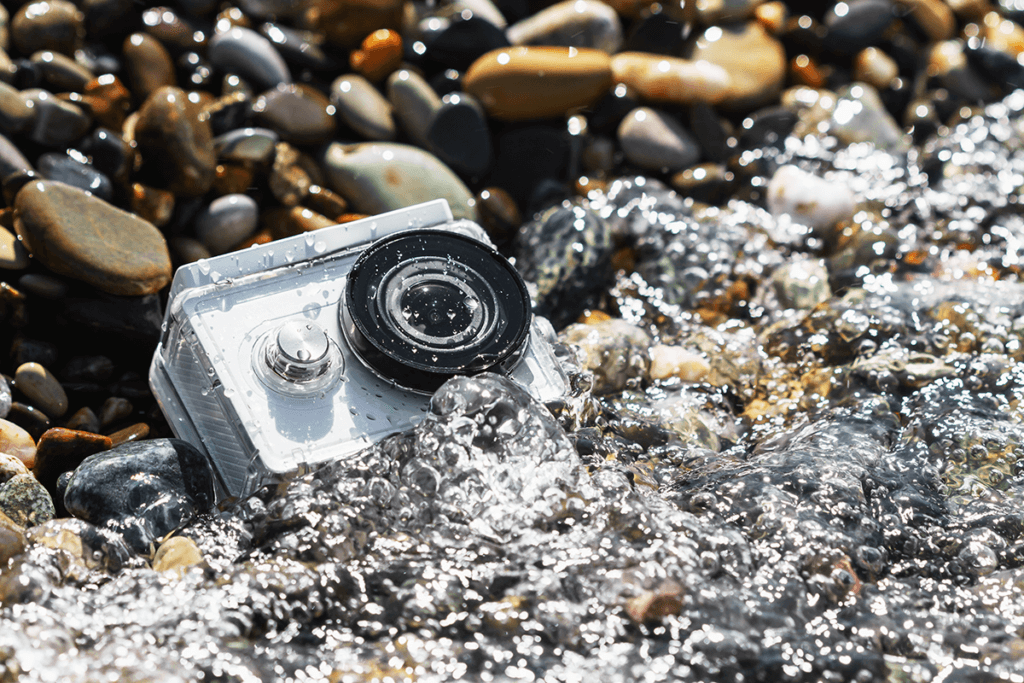
Features and functions
The limited nature of action cams also implies that consumers should tailor their purchase decision to their own requirements. For example, while good image stabilisation is almost always useful, not every user needs video footage in 4K resolution. Underwater capability and a built-in GPS receiver are also only necessary in certain cases.
Recording quality
The recording quality of an action cam is largely determined by the resolution of the built-in image sensor and the maximum frame rate. Users should include the subsequent playback device in the purchase decision. Those who use a 4K TV or a corresponding monitor at home can make particularly good use of a 4K-capable action cam. If this is not the case, a resolution in Full HD is often sufficient.
Recordings in 4K also offer more possibilities for post-processing. For example, lossless editing is possible if the final video is output in Full HD quality. However, editing 4K videos requires a very powerful computer. If this is not available in the household either, the extra cost for a 4K camera only makes sense with a view to the future.
Does 4K always go hand in hand with good picture quality?
The designation 4K merely describes the resolution of the subsequent video. In 16:9 format, each image that makes up the video has 3,840 x 2,160 pixels. Beyond that, the 4K designation says nothing about the picture quality. In addition to the resolution, what is important is the number of images that a camera records per second. Videos also do not look appealing if dark areas have a lot of noise, the video images have a low dynamic range or the sharpness is insufficient due to an inferior lens.
Frame rates of 60, 120 or more frames per second at maximum resolution make sense for action cams. On the one hand, videos with a high frame rate look smoother, and on the other hand, the recordings can be slowed down afterwards without jerks. Many action cams offer slow-motion modes as an additional function. Here, the camera records videos with a particularly high frame rate and automatically creates videos that are slowed down many times. This is often at the expense of video resolution. If slow-motion recording is a desired feature, users should definitely look for support for full HD recording in slow-motion mode.
To capture the scenery on holiday, a time-lapse mode is also interesting. In this mode, the cam only takes a picture every few seconds or minutes and compresses a long period of time into a short clip. This is particularly suitable for capturing train rides or sunsets.
Good image stabilisation is important for almost every type of recording. This compensates for jerks and movements either optically or digitally. Although optical image stabilisation is of higher quality and does not require cropping of the camera image, most action cams rely on the digital variant. The quality of the image stabilisation differs depending on the model and manufacturer. Here it makes a lot of sense to look around on video platforms like YouTube or Vimeo for practical examples.
In addition to its main function as a video camera, almost every action camcorder has a photo mode, although this is rather negligible. Here, most models merely extrapolate the individual frames of a video to offer photos with many megapixels. If you want to buy an action cam primarily for taking photos, you should rather go for a robust digital camera or an underwater camera.
Focal length and autofocus
In addition to video quality, image detail, focus and focal length have a strong influence on the subsequent video. Here, users of action cams are very clearly limited, because most models use lenses with a fixed focal length. Manufacturers achieve the image style typical of action cams by using wide-angle or fish-eye lenses. This makes sense for two reasons:
On the one hand, action cams record a larger image section, which makes it easier to aim the camera precisely at the action. On the other hand, jerks and movements are less visible in the wide-angle range, so that the images appear very smooth together with image stabilisation. In some special cases, action cams even have two lenses to record images in 360 degrees. Via smartphone app, these recordings can be viewed with VR glasses or users can adjust the image section afterwards when outputting a conventional video.
With action cams, consumers do not have to worry about focusing on subjects, which is done by autofocus on camcorders and digital cameras. Most models have fixed focus lenses. These are set so that the majority of the image appears sharp on the recording. However, sharp close-up shots or even macro shots are not possible with them.
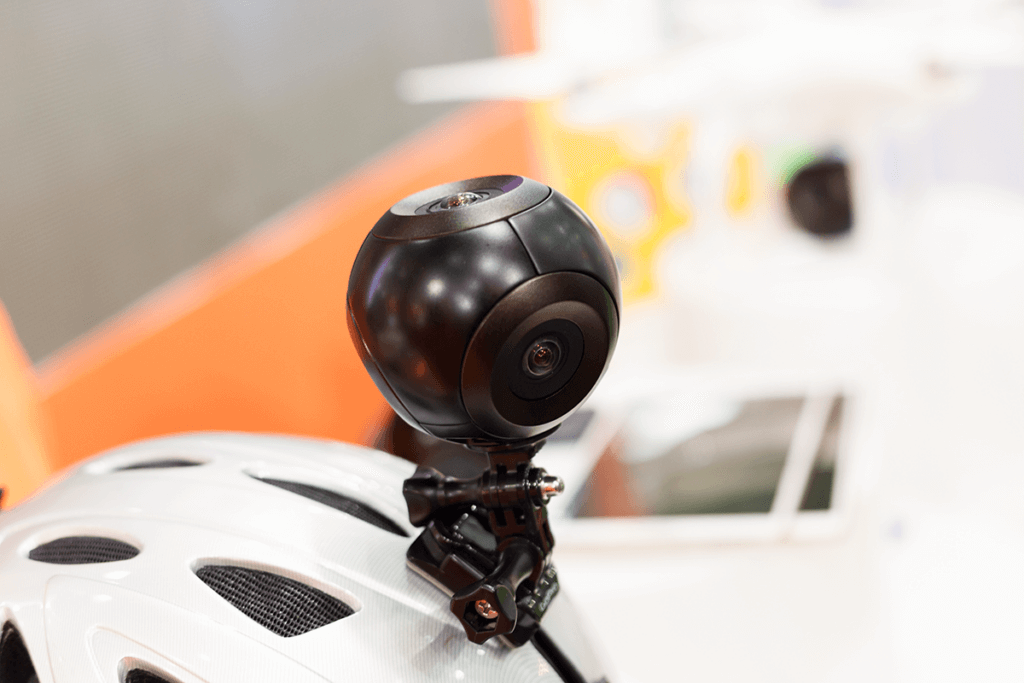
Robustness
Action cams are distinguished from conventional models primarily by their robustness. They are protected against shocks and falls as well as water and dust. At the same time, many models can be operated at very high and very low temperatures. This resistance is only partly due to the simple construction of the video cameras.
Are action cams suitable as underwater cameras?
Most commercially available action cams are waterproof. However, this does not necessarily mean that they can be permanently and, above all, deeply submerged. For use in diving, underwater cameras must be able to withstand high water pressure – but not all models are suitable for this. Manufacturers indicate on the cameras or on the corresponding water protection covers for which water depths the respective product is suitable.
The high level of robustness is primarily the result of protective covers in which action cams fit snugly. Manufacturers offer these for various models or provide protective covers with the purchase of a camera. The IP protection class indicates how robust an action cam is with or without a protective cover. Manufacturers give two numbers here: The first stands for dust resistance, the second for water resistance.
| Digit | First digit: Protection against | Second digit: Protection against |
| 1 | Foreign bodies with a diameter of 50 mm | Dripping water |
| 2 | Foreign bodies with a diameter of 12.5 mm | Falling dripping water, if the appliance is tilted 15 |
| 3 | Foreign bodies with a diameter of 2.5 mm | Falling spray water if unit is inclined 60 |
| 4 | Foreign bodies with a diameter of 1 mm | Splashing water on all sides |
| 5 | Dust in harmful quantities | Water jets from any angle |
| 6 | Dust | Strong jets of water |
| 7 | – | Temporary immersion |
| 8 | – | Permanent immersion |
Handling
Starting recordings, correcting the exposure or switching between photo and video mode should be uncomplicated with an action cam. Consumers often set up the cameras with gloves on or in stressful situations. For this reason, many manufacturers do not use touch-sensitive screens. Often, the cameras even manage without a display at all.
To view the camera image, users have to connect the corresponding action cams to a smartphone. This controls all camera settings via WLAN or Bluetooth and provides a preview of the subsequent video. The remote control allows the camera to remain in a mount or on the helmet afterwards. External screens that manufacturers offer as add-ons to their cameras also do the same job. A few models come with wristbands for remote control.
For operation on the camera, there are usually only rudimentary buttons for recording, stopping a recording and for settings such as video mode or video quality. Models with a screen have additional navigation buttons that allow easy navigation through the menu. Alternatively, action cams are available with voice control. Here, consumers can stop and start the recording via a spoken command.
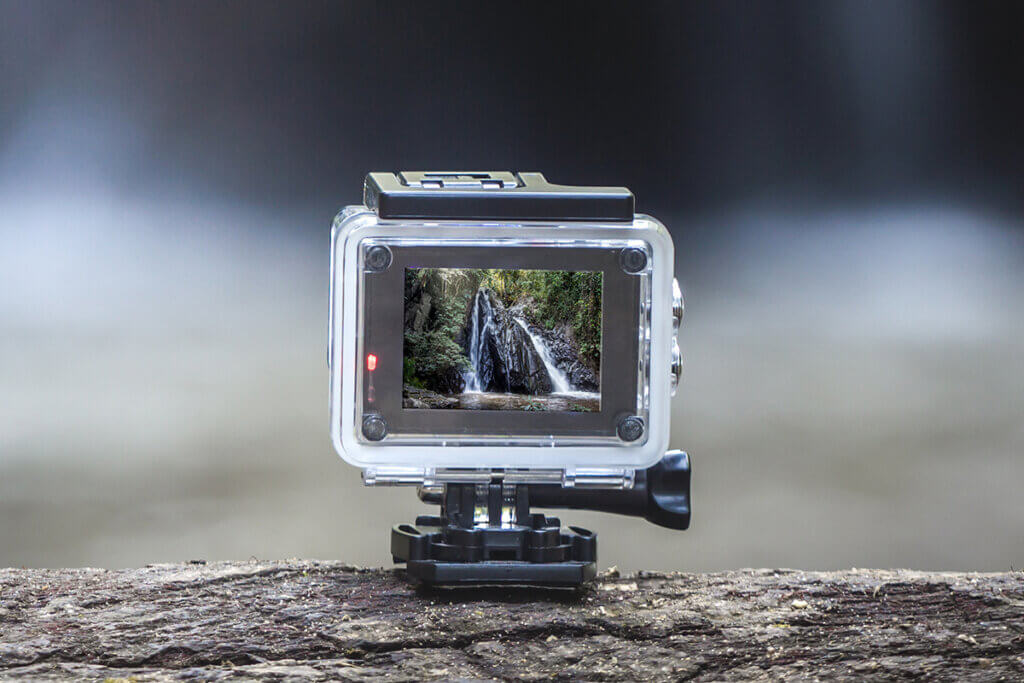
Without a permanent Wi-Fi connection to a smartphone, the battery life of every action camcorder increases. Since action cams only use small batteries anyway and recording videos consumes a lot of power, the maximum recording time is often just under one hour. Some more expensive models, on the other hand, last 1.5 to 2 hours. Testers usually give the battery runtimes as part of their action cam tests. This information is more reliable than the manufacturer’s data, as it is usually based on laboratory results. However, it is advisable to buy an exchangeable battery for each model.
Another useful feature for action cams is an integrated GPS receiver or the possibility to use the GPS module of a smartphone for recording location data. This also has a negative effect on battery life. Users can easily assign recorded videos from their holidays to specific locations, for example. However, it is not possible to find the action cam after it has been lost via the GPS receiver. For this, the camera would also have to offer an integrated mobile phone receiver and be connected to the internet.
Size and weight
In terms of size and weight, a certain standard size has become established for action cams over time. Most action camcorders are rectangular and smaller than conventional video cameras. Together with a low weight of less than 300 grams, compact models are hardly noticeable in backpacks or during use.
However, there are also some particularly small and particularly large models. The smallest action cam weighs only about 20 grams and is not much bigger than a fingertip. Large action cams, on the other hand, are almost reminiscent of camcorders, which are protected against water and dust in addition to a sturdier housing.
Price
There are significantly greater differences in price. Basically, buyers of an action cam should always plan for the cost of a memory card and the purchase of additional accessories. Investing in software for video editing or a second battery can also be worthwhile in the long run.
Many manufacturers use micro SD cards as memory cards. The card format used by the camera is usually indicated on the package or in the product description. While large memory cards with a lot of storage space are available quite cheaply, consumers pay considerably more for sufficiently fast memory. However, the surcharge for a fast micro SD card is a prerequisite for some action cams in order to use the best possible video quality. If this is the case, manufacturers also state it in the product description.
The prices of the actual action cam already start at less than 100 euros. In this price category, buyers usually have to do without video quality in 4K and a wide range of functions. Some action cams with 4K functions are available for as little as 150 euros. However, end users must be careful here, as many cameras only achieve such high resolutions through interpolation: The camera digitally upscales the low resolution of the sensor to create 4K images. The image quality is usually not convincing with this method. True or native 4K is recommended in any case.
Including accessories and memory cards, the total cost of an action cam can range from less than 100 to more than 1,000 euros. Since the range of models is very wide, it is advisable to consider your own user behaviour before buying.
Buyer groups
The best way to assess your own requirements is, of course, if you have already used an action cam. If you are not yet able to judge which features are important, it is worthwhile to orientate yourself towards different buyer groups.
Beginners
If you are a beginner and have not yet had much contact with video recording, it is a good idea to buy an inexpensive model. Even if the video quality is rather low with Full HD and a few frames per second, inexpensive action cams are certainly suitable for trying out. As a rule, they are robust enough to be put in your backpack for the next day trip without any worries.
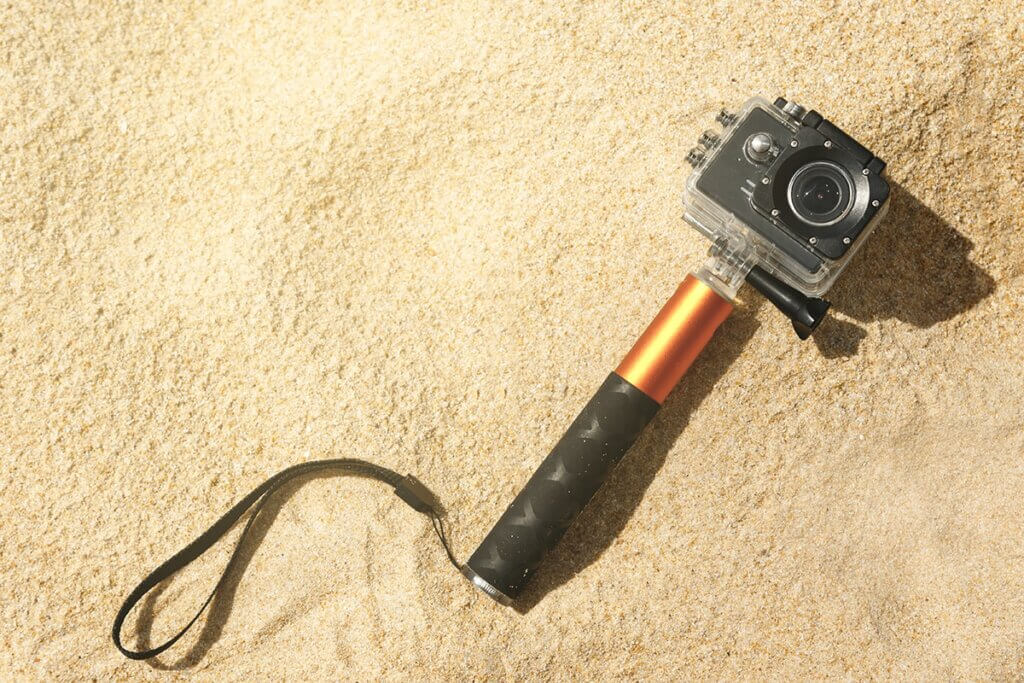
The range of functions is clearly limited compared to professional models, which makes the menus and handling a little easier to understand without prior knowledge. After the first recordings, the lower video quality also becomes an advantage again. The recorded videos are much smaller and can thus be more easily edited into a video on a PC, tablet or smartphone. For the first trial, there are already many models on the market that cost less than 100 euros.
Is an action cam also suitable for conventional video recording?
Although action camcorders are designed for action-packed use, they are also suitable to a certain extent for quiet recordings. However, videographers are limited by features such as the fixed focal length or the lack of an optical viewfinder. Action cams are particularly useless for portrait shots or bringing up distant subjects. Professional videographers, however, like to use action cams as additional cameras that provide an overview of an event or scenario. Since the cameras don’t need much attention when they are active, they can run well in the background.
Advanced
If you were satisfied with your first action cam and want to improve the quality of your recordings, you should spend a little more money right away. Especially in post-processing, functions such as recording in 4K and higher frame rates open up new possibilities. For example, users can reduce the image section losslessly when editing videos if they only output 4K recordings in Full HD.
In addition, smooth slowdown is possible when creating videos in 30 frames per second if the raw material was done in 60 or 120 frames per second. Since more expensive action cams also use high-quality lenses and better image sensors, they offer a gain in sharpness and dynamic range. At the same time, faster processors provide better image stabilisation and higher quality microphones for better audio recordings.
Since action cams are very robust and can therefore have a long lifespan, the chosen model should have a replaceable battery that can be inexpensively and easily changed in case of wear and tear due to use.
Sportsman
If you want to record your tours or movements while doing sports, you should go for an action cam that is easy to use. A desired effect is to forget the video camera during the sport and concentrate on the movement and the execution. An action cam with an LED lamp that lights up when recording is active is therefore very suitable.
Choosing a model from a manufacturer that offers a lot of accessories such as mounts or tripods is also recommended. The large selection usually goes hand in hand with a large second-hand market. Suitable accessories for the various GoPro models are also available from third-party manufacturers, for example. Apart from this, sports enthusiasts can take their cue from the recommendations for beginners and advanced users.
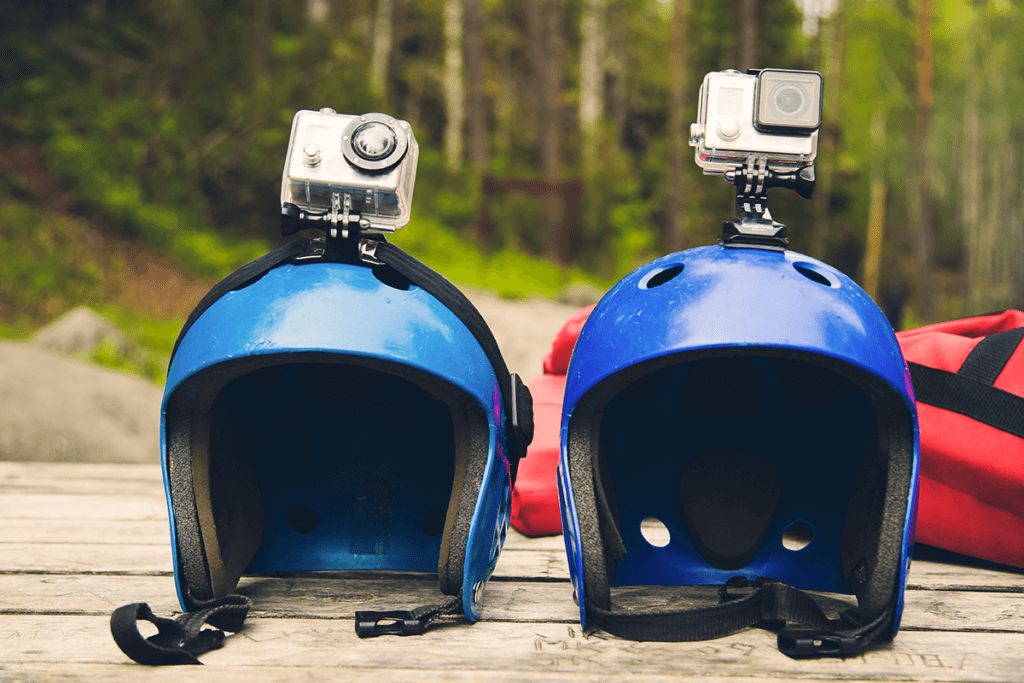
Bargain hunters
It is also worthwhile to buy action cams from established brands if you are looking for the best possible price-performance ratio. Again, buyers can expect a large second-hand market of accessories as well as cheaper products from other brands. It is advisable to look out for older models during discount campaigns.
Tips for use
When using an action cam, it is advisable to adjust the settings in advance to suit the environments and the desired video. For example, active image stabilisation can have a negative effect on image quality if the camera is fixed on a tripod. In this case, the camera tries to compensate for camera shake even when the image is still.
The best way to find out the effects of the different settings is to try them out. To check, users should always view the video files on a large screen afterwards. Fine details or blurring are hardly recognisable on the small screen of an action cam. The smartphone, on the other hand, does not always show the preview in full resolution, so the video can hardly be compared with the final result.
How do I edit and post-process the video?
After recording a video, the file should not simply end up on a hard drive. Thanks to numerous free programmes and video editing apps, video editing and the post-processing of video material are no longer the preserve of professionals. Basically, video editing involves joining individual video clips or dividing a long video into individual scenes. This can be done particularly intuitively via a touchscreen on a mobile phone or tablet. With more experience, programmes also offer options for retouching disturbing elements from videos or adding your own animations to the video.
However, if the result is not satisfactory in the end, you do not have to exchange the camera directly. When post-processing with a video editing programme, there are correction options for brightness, sharpness or colours in addition to video editing. When editing videos together, creativity is also required, because a conventional transition is quickly boring in action-packed scenes.
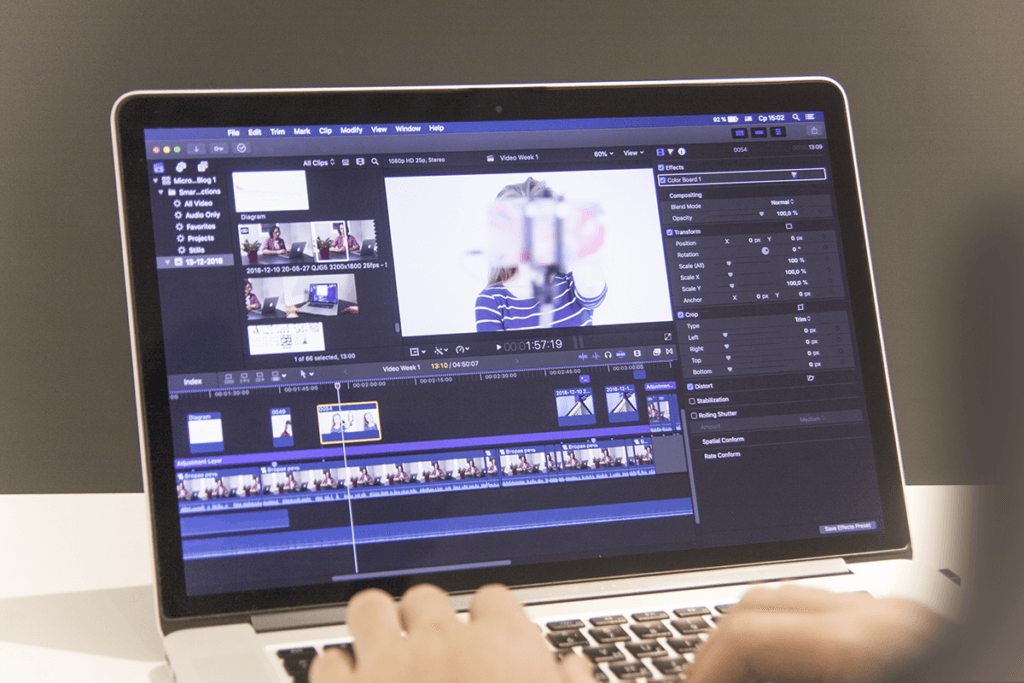
Here you can make use of the robustness of your camera. Throw the camera in the air for an exciting transition to the next scene and the cut is made exactly at the highest point of the throw. Being able to try out creative ideas without much fear of damage is one of the greatest strengths of action cams.

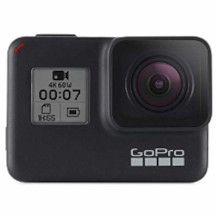
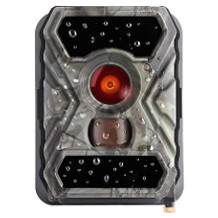
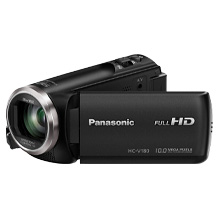
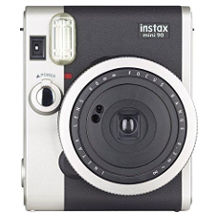

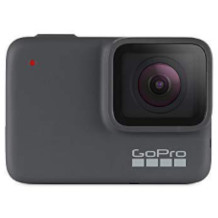
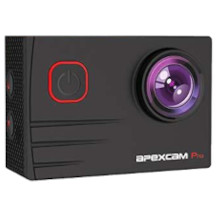
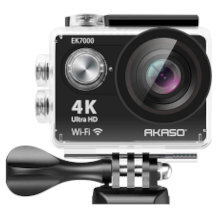
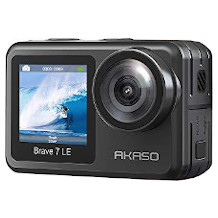
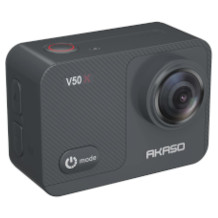
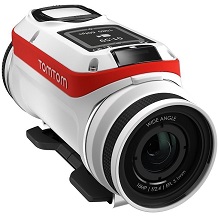
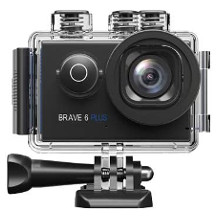
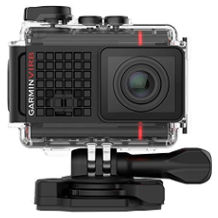
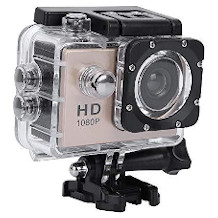

 12,658 reviews
12,658 reviews

